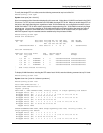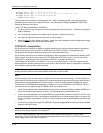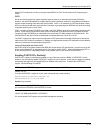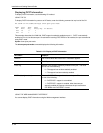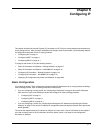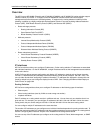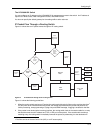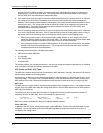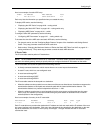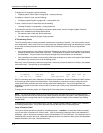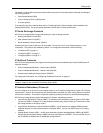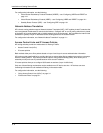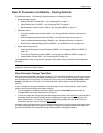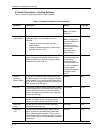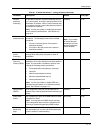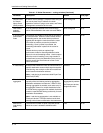
Configuring IP
Here is an example of a static ARP entry:
Index IP Address MAC Address Port
1 207.95.6.111 0800.093b.d210 1/1
Each entry lists the information you specified when you created the entry.
To display ARP entries, see the following:
• “Displaying the ARP Cache” on page 6-85 – routing switch
• “Displaying the Static ARP Table” on page 6-87 – routing switch only
• “Displaying ARP Entries” on page 6-101 – switch
To configure other ARP parameters, see the following:
• “Configuring ARP Parameters” on page 6-27 – routing switch only
To increase the size of the ARP cache and static ARP table, see the following:
• For dynamic entries, see the “Configuring Basic Features” chapter of the Installation and Getting Started
Guide. The ip-arp parameter controls the ARP cache size.
• Static entries, “Changing the Maximum Number of Entries the Static ARP Table Can Hold” on page 6-31 –
routing switches only. The ip-static-arp parameter controls the static ARP table size.
IP Route Table
The IP route table contains paths to IP destinations.
NOTE: The HP 6208M-SX does not have an IP route table. The switch sends all packets addressed to another
sub-net to the default gateway, which you specify when you configure the basic IP information on the switch.
The IP route table can receive the paths from the following sources:
• A directly-connected destination, which means there are no router hops to the destination
• A static IP route, which is a user-configured route
• A route learned through RIP
• A route learned through OSPF
• A route learned through BGP4
The IP route table contains the best path to a destination.
• When the software receives paths from more than one of the sources listed above, the software compares the
administrative distance of each path and selects the path with the lowest administrative distance. The
administrative distance is a protocol-independent value from 1 – 255.
• When the software receives two or more best paths from the same source and the paths have the same
metric (cost), the software can load share traffic among the paths based on destination host or network
address (based on the configuration).
Here is an example of an entry in the IP route table:
Destination NetMask Gateway Port Cost Type
1.1.0.0 255.255.0.0 99.1.1.2 1/1 2 R
Each IP route table entry contains the destination’s IP address and sub-net mask and the IP address of the next-
hop router interface to the destination. Each entry also indicates the port attached to the destination or the next-
hop to the destination, the route’s IP metric (cost), and the type. The type indicates how the IP route table
received the route.
6 - 5



